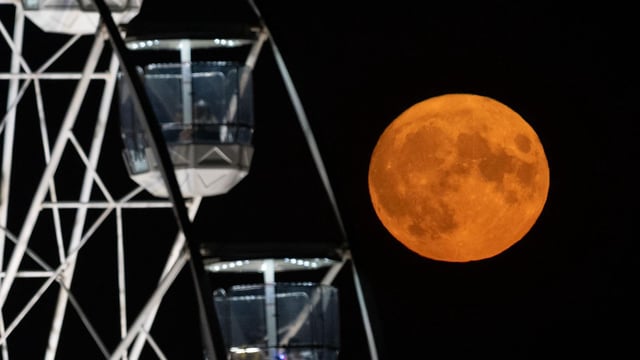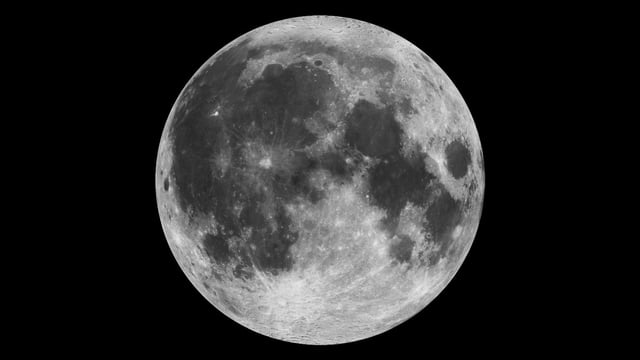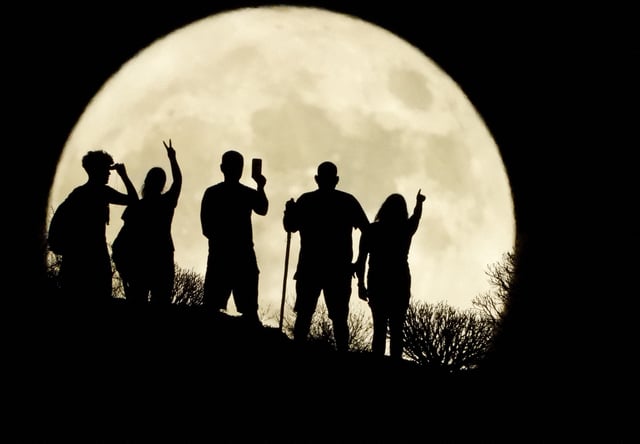Overview
- The moon reaches peak illumination at 3:55 a.m. EDT on August 9, producing rare back-to-back full-moonrises at dusk for Northern Hemisphere viewers.
- Exact moonrise times vary by location—for example, New York will see the moon at 8:03 p.m. ET on August 8 and 8:32 p.m. ET on August 9.
- On August 12, the moon will pass within about 3.5° of Saturn and Neptune, offering a close conjunction best observed with binoculars or a small telescope.
- Bright moonlight during the Perseid meteor shower peak on August 12–13 may wash out all but the brightest meteors.
- Traditional names like Sturgeon Moon, Grain Moon and Corn Moon reflect seasonal harvests and the historic abundance of lake sturgeon in the Great Lakes.


